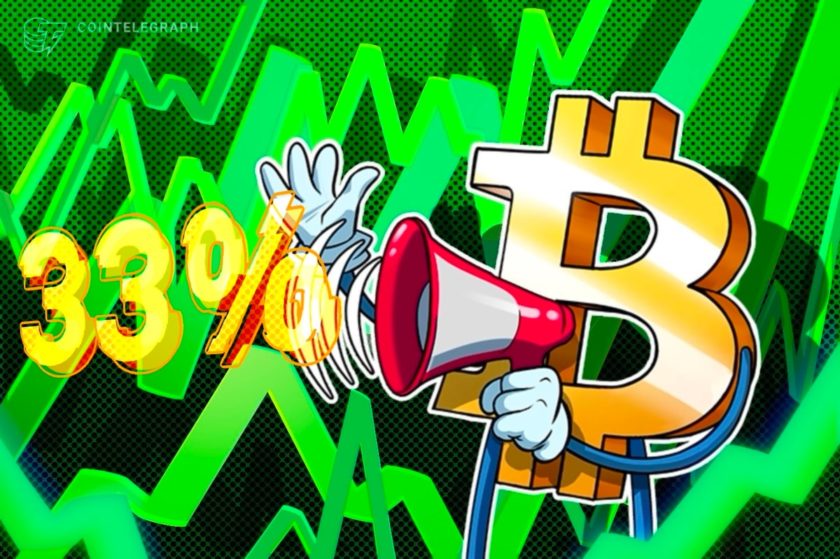With Bitcoin (BTC) block rewards expected to halve during the early hours of May 12, many analysts are starting to weigh in on what the event will mean for the crypto markets and mining community.
Cointelegraph spoke to three analysts to get their unique takes on whether the halving is likely to comprise a “healthy rebalance”, or a catalyst for migrating hash power and rising fees.
Analysts discuss impacts of halving on miners
Johnson Xu, the chief analyst at TokenInsight, predicts the halving will have a significant impact on miners.
“A large percentage of older generation miners such as S9s will be shut down in the short term, and phase-out from the network permanently in a few months post-halving,” Ji stated.
“The bitcoin halving will result in the network in short term chaos, however, once the difficulty adjustment kicks in and self-adjust to an equilibrium state, we will see the bitcoin network back to a stable position quickly. The halving is positive to the industry in the long run.”
“Bitcoin halving is a healthy rebalance to force the network to re-adjust itself into an efficient network where miners can make sufficient margin,” Ji concluded.
Halving to impact miners
While Zach Resnick, managing partner at Bitcoin SV (BSV)-focussed investment firm, Unbounded Capital, agrees that the halving will disrupt mining operation, he predicts the event will comprise anything but a healthy rebalance.
Resnick argues that the halving will wreak havoc on BTC miners and drive a migration of hash power to rival chains such as BSV or Bitcoin Cash (BCH) alongside heavy price losses.
“At the moment of the halving, many miners will become unprofitable, and some will likely move to mining BCH and BSV,” said Resnick. “As miners fall off the BTC network, block times will lengthen. If price falls, then more miners will fall off the network.”
“If transaction volume increases, fees could quickly spike to unusually high levels since block space will be more scarce due to the longer block times. High fees can make headlines that see prices continue to fall, block times continue to lengthen, and fees continue to rise.”
“Because we don’t believe there is a fundamental reason for prices to increase, we think it is somewhat likely that speculators waiting for a price surge will cut bait if price is stagnant, and very likely speculators will sell if prices are dropping quickly.”
“Many miners are also highly leveraged and may seek to front-run an exit if they no longer believe that a price surge is imminent,” he added.”
Will prices rise after the halving?
By contrast, NEM Ventures’ head of trading, Nicholas Pelecanos, stated that the halving “has historically signaled the start of Bitcoin’s most tremendous bull runs.”
However, Pelecanos notes that the reduction in block rewards usually triggers “a brief sell-off” alongside an immediate decline in hashing power.
“The 2012 halving was followed by an immediate 10% sell-off and the 2016 sell-off witnessed an extended 38% decline. Both halvings were followed by an approximate 50-day decline in the hashrate.”
Pelecanos predicts that the disruptions to miners may be temporary, stating: “If history were to repeat itself and bitcoin entered into a decline post halving, high operating cost miners may have to shut down their rigs until bitcoin reaches a sustainable price.”




